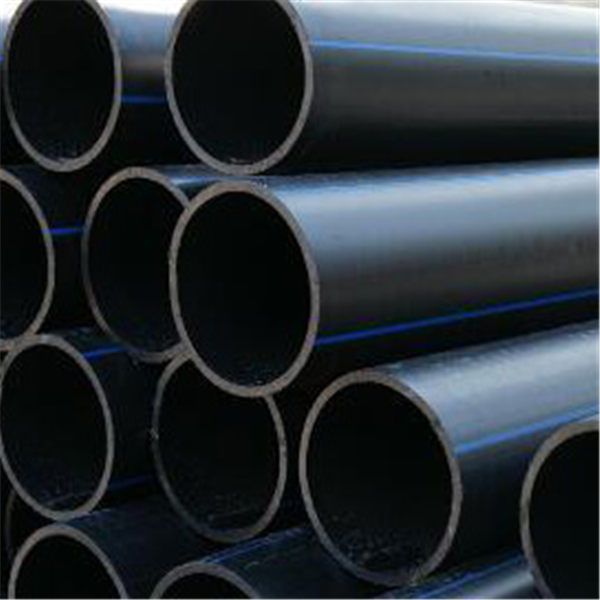Dec . 01, 2024 14:12 Back to list
Understanding Polyethylene Pipe Fittings and Their Applications in Plumbing Systems
Understanding Polyethylene Pipe Fittings Essential Components in Modern Piping Systems
Polyethylene pipe fittings are essential components used in various plumbing, irrigation, and industrial applications. Made from high-density polyethylene (HDPE) or low-density polyethylene (LDPE), these fittings are prized for their durability, flexibility, and resistance to corrosion. As more industries shift toward sustainable and environmentally friendly materials, polyethylene has become a popular choice for piping systems across the globe.
The Structure and Benefits of Polyethylene Fittings
Polyethylene fittings come in various shapes and sizes, including elbows, tees, couplings, and reducers. Their lightweight nature contributes to ease of transportation and installation, reducing overall labor costs. One of the most significant advantages of polyethylene fittings is their resistance to chemical corrosion. Unlike metal fittings, which can rust or corrode when exposed to specific substances, polyethylene maintains its integrity when in contact with a variety of chemicals, making it ideal for many industrial applications.
Moreover, polyethylene fittings offer excellent resistance to extreme temperatures, making them suitable for both hot and cold water systems. They can handle temperatures ranging from -60°F to 180°F (-51°C to 82°C) depending on the specific polyethylene grade used. This characteristic is essential in regions that experience significant temperature fluctuations.
Application Areas
Polyethylene pipe fittings are used in a wide range of applications
1. Agricultural Irrigation In agriculture, polyethylene fittings are used in drip irrigation and sprinkler systems. They help facilitate the efficient delivery of water to crops, minimizing waste and optimizing growth. The flexibility of polyethylene allows for easy installation in varying terrains.
2. Residential Plumbing Many modern homes utilize polyethylene piping systems due to their longevity and resistance to leaks. Polyethylene fittings can seamlessly integrate into a home’s plumbing system, connecting various pipes and ensuring efficient water flow.
3. Industrial Uses Industries such as chemical processing and wastewater management rely heavily on polyethylene fittings for piping systems. Their ability to withstand harsh chemicals and environmental conditions makes them ideal for these applications.
polyethylene pipe fittings

4. Oil and Gas Polyethylene is also employed in the oil and gas industry. It ensures secure connections in the transportation of gas and liquids, reducing the risk of leaks and environmental contamination.
Installation and Maintenance
Installing polyethylene pipe fittings can be straightforward. They can be joined using various methods, including mechanical fittings, heat fusion, and electrofusion. Heat fusion is particularly common, where two polyethylene surfaces are melted and fused together to create a strong bond. This method is favored for its ability to create seamless joints that enhance the overall strength of the piping system.
Maintenance of polyethylene fittings is relatively low. They do not require periodic painting or galvanization like metal fittings, which is a considerable advantage in long-term cost management. However, regular checks for signs of wear or damage are essential to ensure the longevity of the system.
Environmental Considerations
As the global focus shifts toward sustainability, polyethylene fittings present an eco-friendly option compared to traditional materials. Polyethylene is recyclable, and many manufacturers use recycled materials in their production processes. This characteristic helps reduce the environmental impact associated with piping systems.
Furthermore, the durability and longevity of polyethylene fittings lead to a reduction in waste, as they need to be replaced less frequently than other types of fittings. Their efficiency in water transportation also contributes to conserving this precious resource.
Conclusion
In summary, polyethylene pipe fittings are integral to modern piping systems across various industries. Their numerous benefits, including resistance to corrosion, temperature tolerance, and ease of installation, make them a preferred choice for many applications. As industries continue to prioritize sustainability and efficiency, the demand for polyethylene fittings is expected to grow, further solidifying their role in the future of plumbing and piping systems. Whether used in agriculture, residential plumbing, or industrial applications, polyethylene fittings are set to play a vital role in infrastructure development and maintenance.
-
High-Quality PPR Pipes and Fittings Durable ERA PPR & PVC PPR Solutions
NewsJul.08,2025
-
Black HDPE Cutting Board - Durable, Non-Porous & Food Safe HDPE Plastic Cutting Board
NewsJul.08,2025
-
High-Quality CPVC Panel Durable HDPE & PVC Panels Supplier
NewsJul.08,2025
-
Double PE Welding Rod Supplier - High Strength, Durable & Versatile Welding Solutions
NewsJul.07,2025
-
High-Quality PVC-O Pipe Supplier Durable 75mm PVC Pipe & Connections Leading PVC Pipe Company
NewsJul.07,2025
-
HDPE Drainage Pipe Supplier – Durable & Corrosion-Resistant Solutions
NewsJul.06,2025

